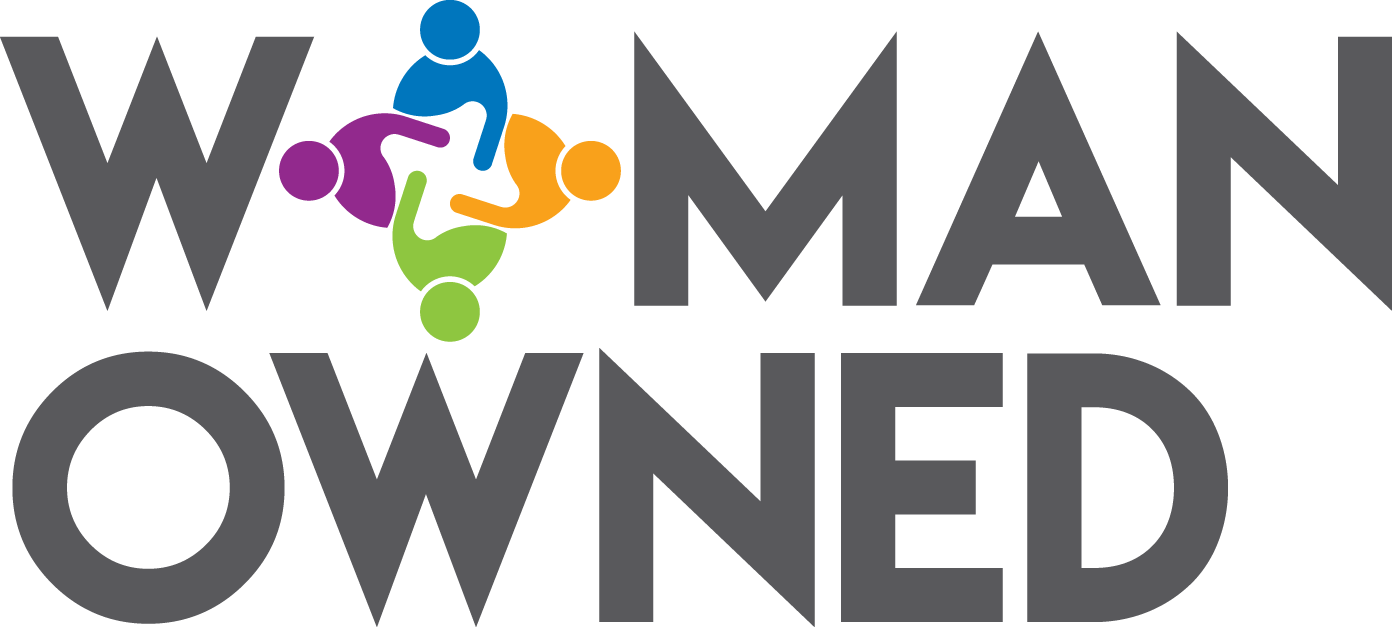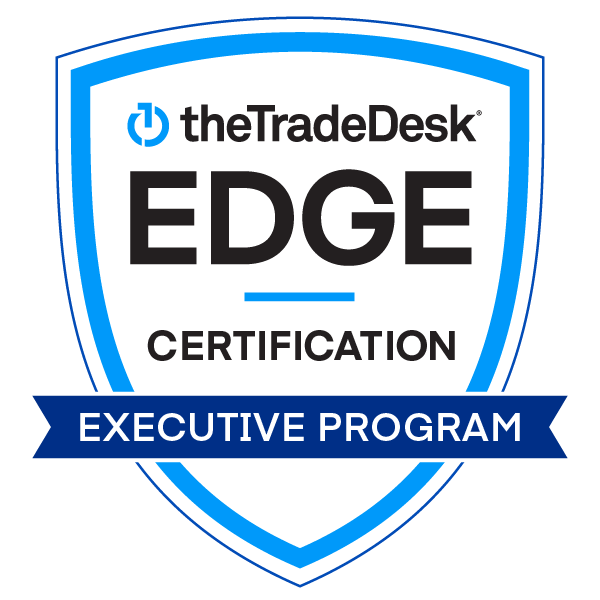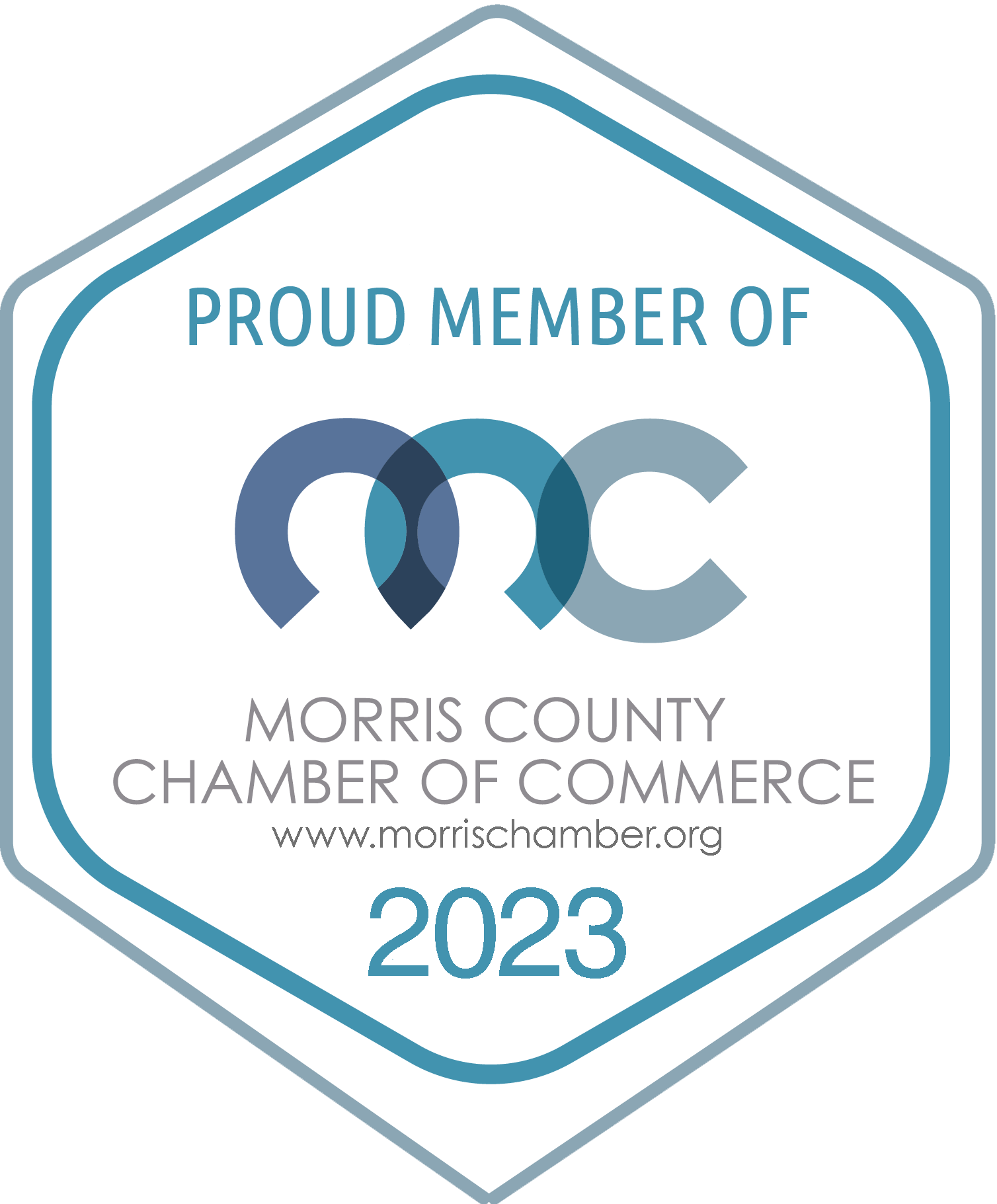
You’ve heard it again and again — when applying for jobs and internships, make sure your social media and is pristine and appropriate. (You don’t want your Instagram or your digital footprint to speak louder than your resume.) This is especially true for aspiring public relations professionals: if you can’t manage your own social media properly, how can an agency expect you to manage a client’s?
This is why so many internship and job seekers are told to go through and delete any unsavory content, ensure their profile pictures put their best self forward, and make their social profiles private if necessary. Cleaning up your social media is a must, but with public relations positions as competitive as they are, there may be another step needed.
Take charge and create your own digital footprint: an entirely new online identity that focuses not on your crazy nights out, but who you are and what you bring to the table as a professional. You may not want potential employers to find your personal content, so provide an opportunity for employers to get a sense of who you are professionally.
Create a job seeking / professional social media account
Creating a professional Twitter or Instagram to demonstrate your social abilities can set you above the competition. You may be protecting yourself by making all your accounts private, but you’re also missing an opportunity to show how you’re able to manage social media profiles, stay in the loop about industry trends, and engage with brands. If that’s something you want to highlight, consider creating an Instagram or Twitter account specifically for that purpose. Retweet articles about industry trends, show off your amazing graphic design/photography skills, and show that PR is more than just a career for you – it’s a passion.
Online Portfolio or Blog
The reason many hiring managers research candidates is because they want to get a sense of the person behind the resume. What’s their personality? What kind of energy would they bring to the role? If you provide everything a manager could possibly need to know upfront and demonstrate all the creative ways you could contribute, they won’t have to look you up. So create an online portfolio or blog to show off your writing skills, share information about yourself, articulate your ideas and perspectives, and outline all the great experience you’d bring to an employer.
Leveraging LinkedIn
Every young professional should have a LinkedIn account. This platform has so many opportunities for those who invest time in using it. You can connect with those in your dream role, post relevant articles, comment on industry leader’s posts, and write/publish your own content. Being able to share an impressive and engaging LinkedIn profile with a potential employer is a plus.
So, once you’ve made sure your social media content is appropriate, consider creating an entirely new digital footprint. How are you making yourself stand out?



 Yes, I admit to being a member of AARP. And as a member of their organization, I try to keep involved with the issues that affect us “mature workers”. Volunteer work, tech classes, social security updates, employment decisions, healthcare changes, financial strategies, etc. are important to me now and will be even more important to me in the future.
Yes, I admit to being a member of AARP. And as a member of their organization, I try to keep involved with the issues that affect us “mature workers”. Volunteer work, tech classes, social security updates, employment decisions, healthcare changes, financial strategies, etc. are important to me now and will be even more important to me in the future.






